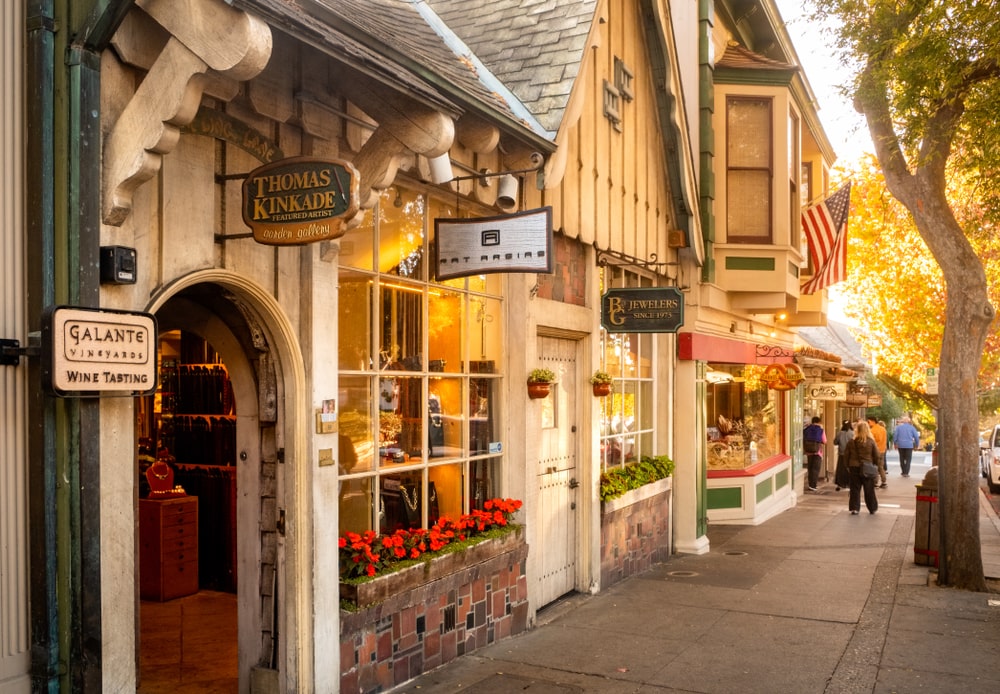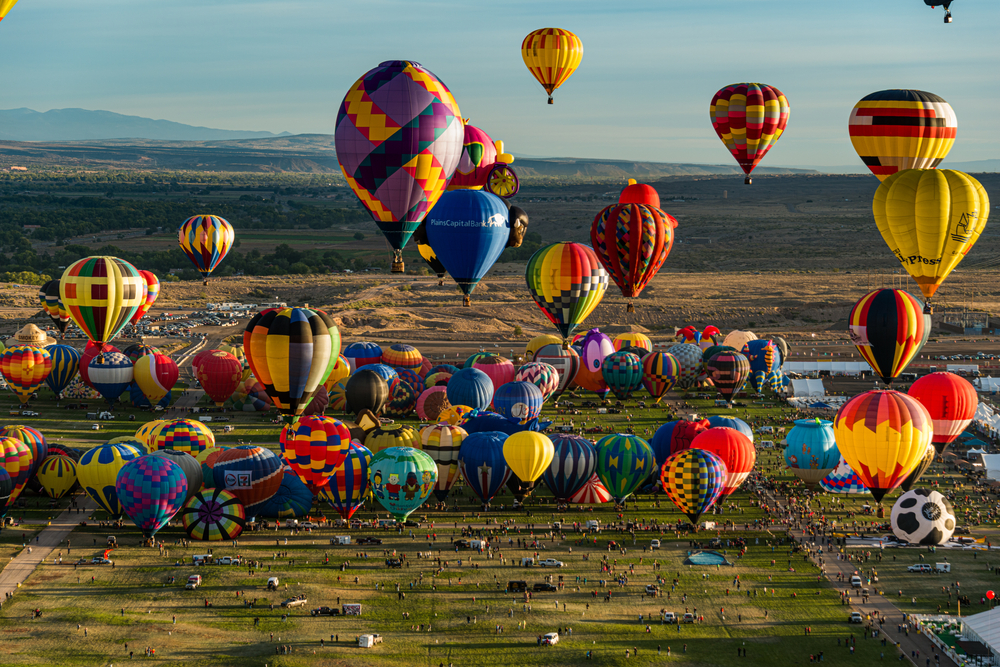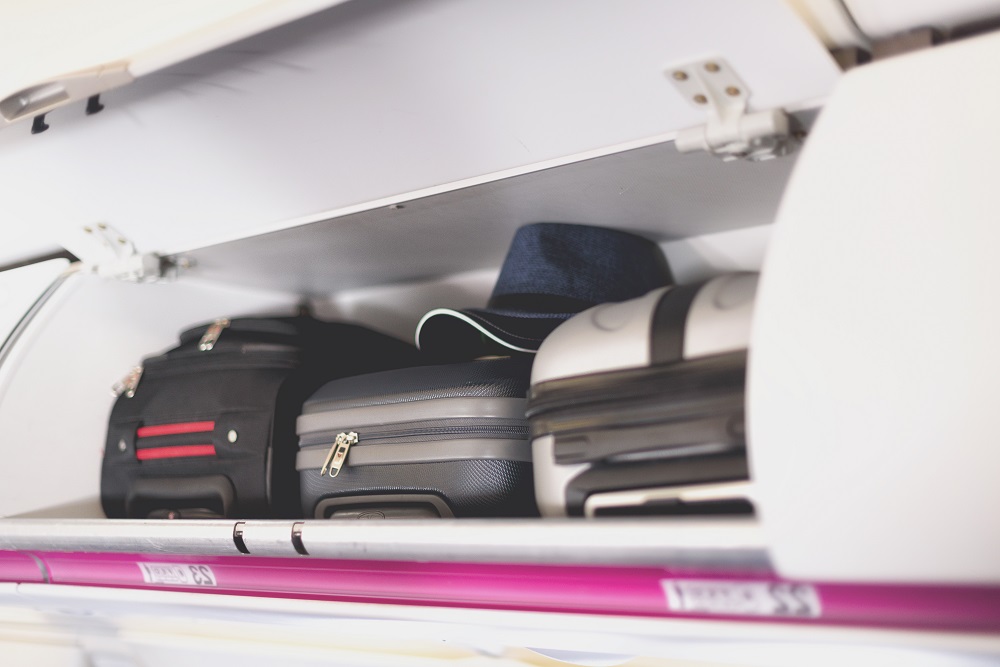Is forest camping the right fit for you? Let’s find out!
Camping is an excellent activity for individuals of all ages. Whether you’re camping alone, with friends, your significant other, or as a family, there are a plethora of fantastic locations to explore and things to do at these incredible campgrounds across the world.
Camping in the woods is getting increasingly popular, and there are many beautiful campground places all around the world. Forest camping allows you to live amidst nature, and whether you select a designated camping site or prefer wild camping, there are plenty of fantastic sites to visit.
On the other hand, camping in the woods presents a number of unique obstacles. Some of the things you’ll need to think about include how you’ll prepare meals if there will be enough activities for youngsters, and how you’ll pitch your tent.
This article will provide you with important ideas and information on all types of forest camping, as we attempt to address some of the most prevalent challenges and concerns that campers can have.
Our first bit of advice is to be well prepared before diving into some of the big discussion themes. Don’t postpone packing and planning your camping vacation until the last minute.
Instead, by planning ahead of time, you will be able to improve the experience and create a memorable vacation for the entire family.

1. Plan and Research Ahead
It is extremely beneficial to do extensive research about the weather of the location well in advance. This aids in the effective packing of camping equipment. Understand the local fauna and be prepared with safety precautions and medications.
In a zoo, bears, snakes, and chimps appear harmless, but when met suddenly in the wild, they may get us into trouble.
The camp rangers can provide you with information on the campground. They are the greatest people to keep us informed about campfires, wildlife, garbage management, and instructions on prohibited areas.
2. Be Prepared For Medical & Health Issues
Make sure you have all of the medical supplies you’ll need. If you’re traveling with an elderly person or someone who has a medical condition, take extra precautions. Bring the prescription with you. It comes in handy if you misplace your meds.
Make a list of allergies, doctor’s phone numbers, names, and medications, and carry it with you at all times. Vaccinations can protect us from a variety of health dangers that we may encounter when camping in the woods.
A brief visit to the doctor before going camping can be beneficial in a variety of ways. Make sure you’re up to date on your tetanus, hepatitis A, meningitis, and allergy vaccines. If you’re bringing a pet, make sure they’ve had all of their vaccines.
3. Set the Campfire Safely
Gather all of the campsite’s fire safety instructions ahead of time. Some campgrounds include fire pits where campfires can be built. If we are traveling to a distant location, though, we may have to create our own campfire.
-Keep the bonfire at least 15 feet away from the tent, trees, and plants.
-The campfire should not be lit beneath the long drooping branches.
-Do not bring logs and branches from other locations, since they may contain contagious diseases.
-Keep dogs and children as far away from the fire as possible if you have them.
The campfire should be supervised at all times. Before retiring to bed, make sure the fire is safe and that any fire hazards are out of the way. Make sure to keep a bucket of water nearby the campfire at all times.
4. Arrange For Food and Cooking Equipment
Electricity, gas, and other cooking equipment are available at certain authorized campgrounds.
However, if you’re going to a campsite that doesn’t have glamping amenities, you’ll need to carry your own cooking supplies. Check to see if there is a local store near the campsite that sells food and cooking supplies. If you like gas stoves, make sure you have enough gas to last the duration of your vacation.
Prepare ahead of time by researching food ingredients and odors that may draw the attention of wild animals. Store food in waterproof bags and keep it in an insulated cooler to avoid this. To avoid airborne illnesses, wash hands often and keep cooked meals separate from raw food.
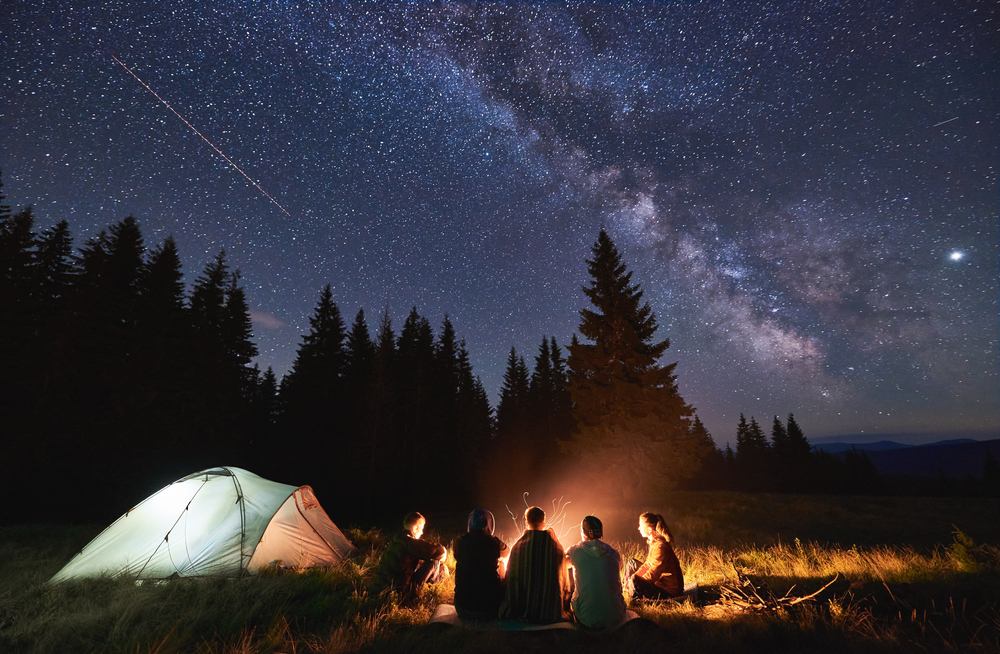
5. Plan For a Relaxing Sleep
Bring a comfy sleeping bag, a cushion, and a pillow with you when you go camping. Sleeping pads improve the quality of sleep. Get repair kits for any leaks in the air mattress as well. To get a good night’s sleep, carry heavy-duty plastic bags instead of pillows.
Because the weather at the campground is a major consideration, pick a tent with it in mind. Summer, winter, and spring are all covered by lightweight three-season tents. Mountaineering tents are made to withstand harsh weather, particularly in the winter.
6. Dealing With Insects
In the woods, the chances of being bitten by insects, mosquitoes, or flies are rather significant. To avoid being bitten or contaminated by insects, bring insect repellents with you.
-To avoid coming into contact with bugs when trekking, always wear long shirts and long pants.
-To kill ticks and other insects, spray natural repellents on your clothing.
-White vinegar and apple cider vinegar have a strong, pungent odor that repels insects and mosquitos.
-Citronella tea lights work well as insect repellents also.
7. Packing First Aid kit
While traveling through the woods, cuts, wounds, and minor injuries might occur at any time. In such cases, first aid survival kits are an absolute need.
Bandages and antiseptics for minor wounds and bug bites should be included in first-aid kits.
-Sterile gauze pads and gauge rolls can be used to bandage wounds, burns, and scratches.
-Epipens are beneficial for patients who have severe allergies.
-Keep aspirin or paracetamol on hand to alleviate headaches.
-Hydrogen Peroxide solutions are useful for treating wounds.
-Tweezers are used to remove little thorns from our skin.
Your survival pack must also include eye drops, a thermometer, burn treatment, and a pair of scissors. Don’t have a thermometer? Amazon has got you covered. We recommend purchasing this Non-Contact Thermometer for Adults and Kids. It’s fast AND accurate.
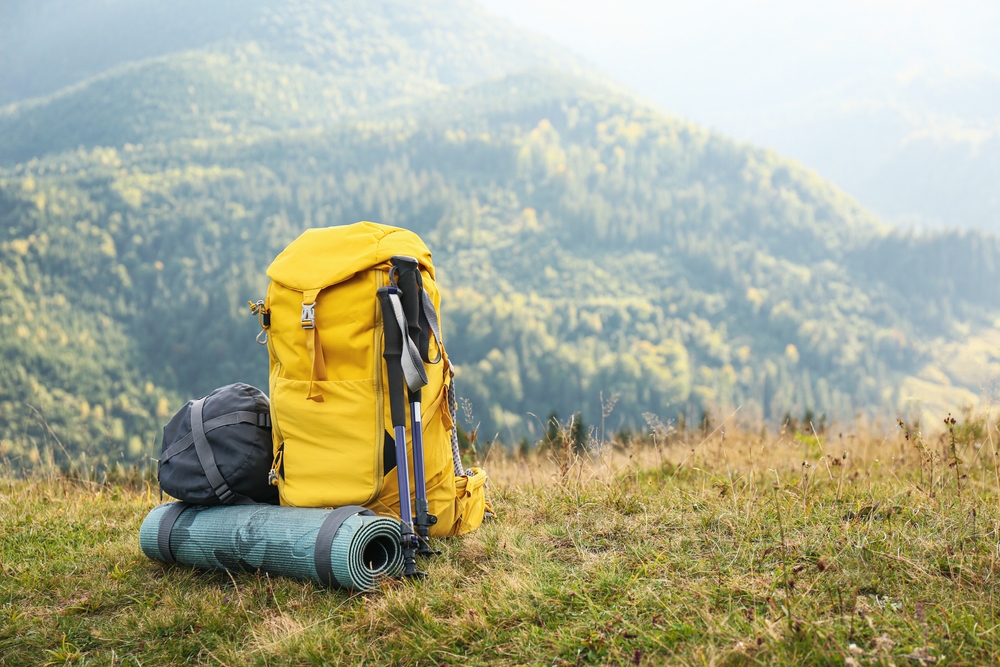
Final Thoughts
For avid travelers and adventure seekers, forest camping might seem easy-peasy, but if you’re new to it, you may face some obstacles. That’s why it is essential to keep yourself informed before diving into the unknown.
Just make sure to pack the essentials mentioned above and always think about safety measures. But remember, the National Forest Service takes care of all the forest camping sites in our beautiful country.
This means that National forest campgrounds are fully equipped with safety features, and patrolling is carried out on a regular basis to ensure the safety of campers. And don’t forget that only some of the forest camping programs may run all throughout the year.
And there are specific timings for specific forests depending to the climate.
We hope you found this article informative? If you do happen to go camping this year, be sure to let us know all about it and which spots our readers should be keeping an eye out for!
And if you like this post, Adventure In America has many more camping tips for you. One of our favorites is all about How to Store Your Food When Camping




